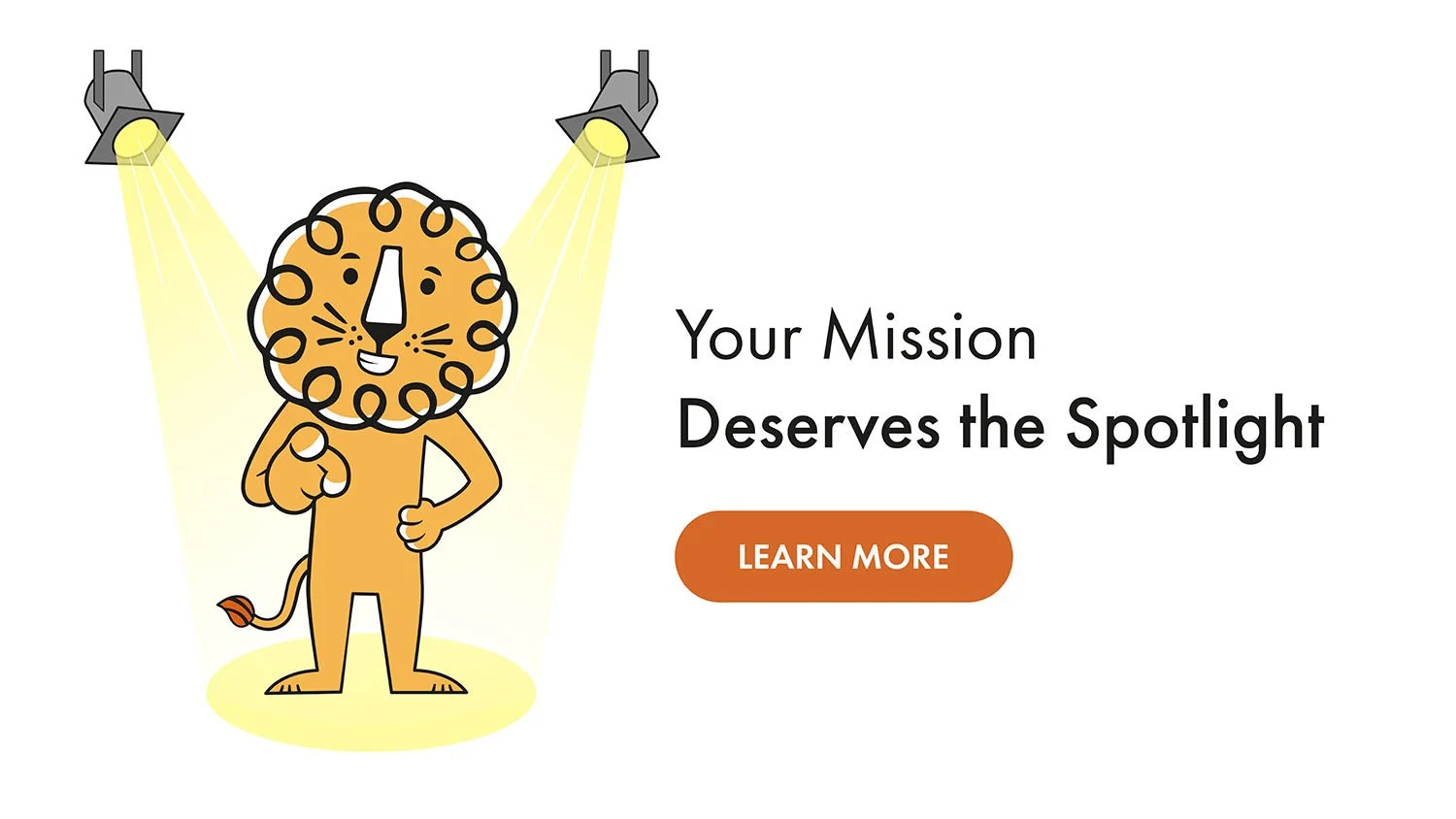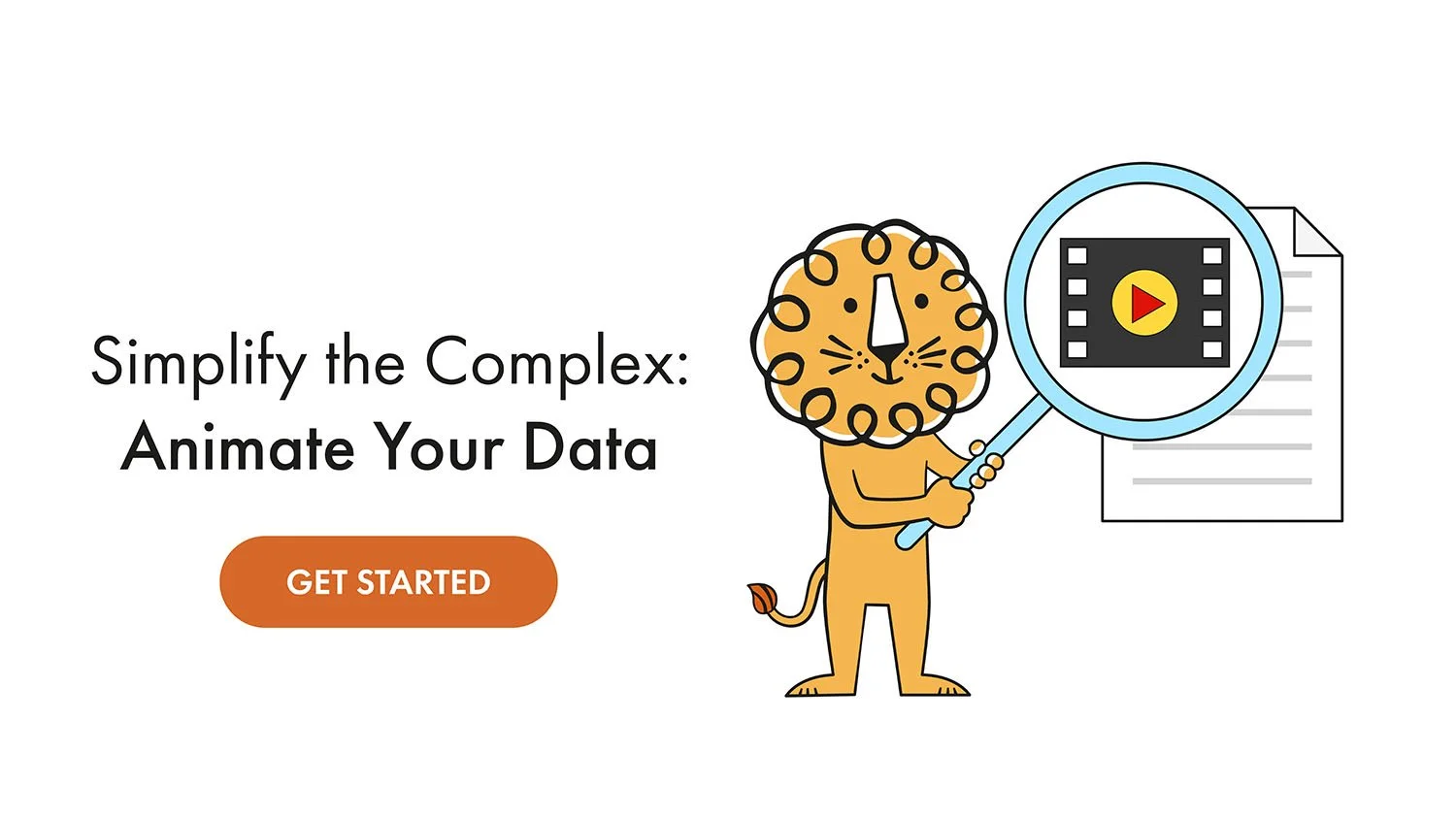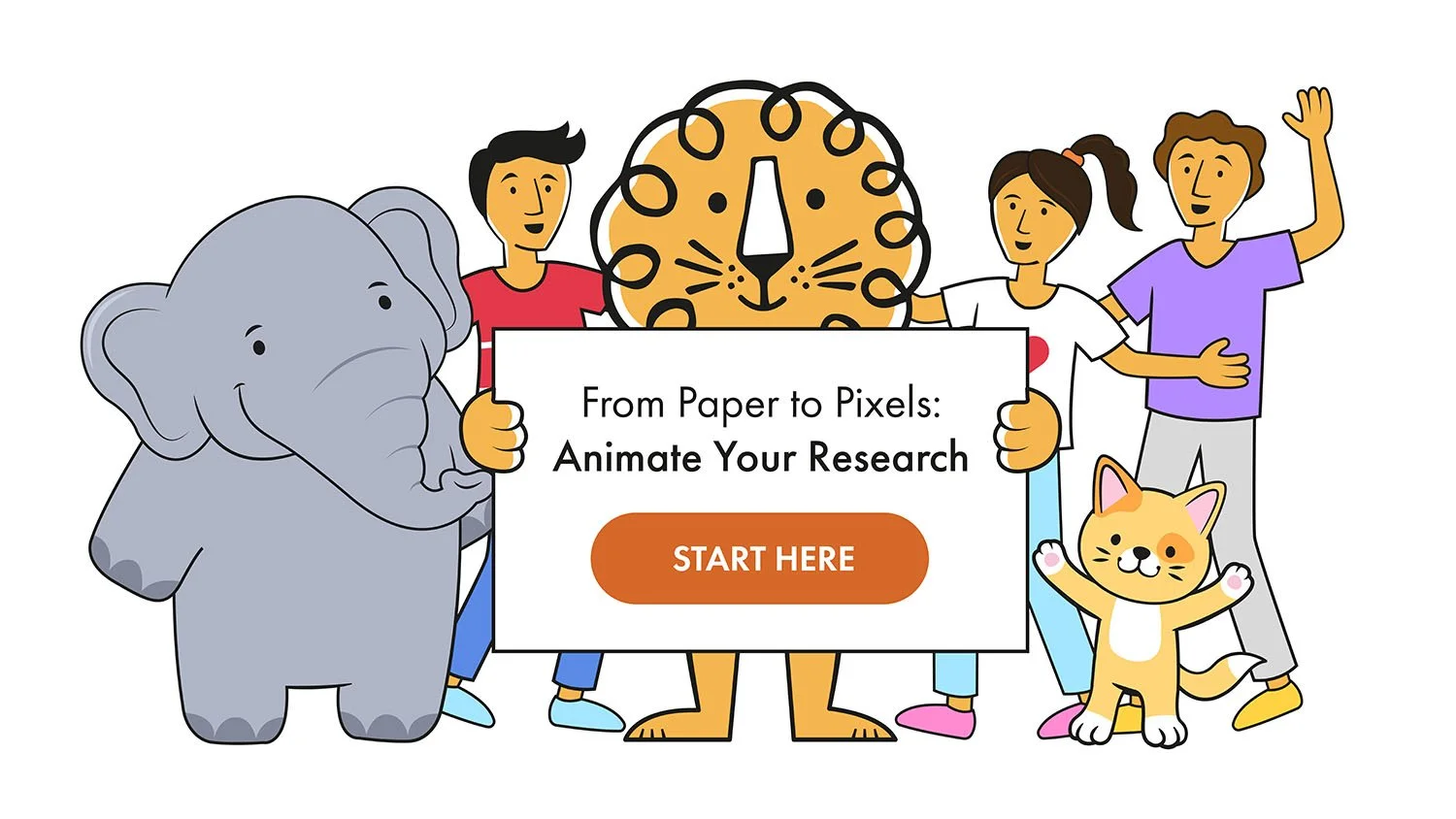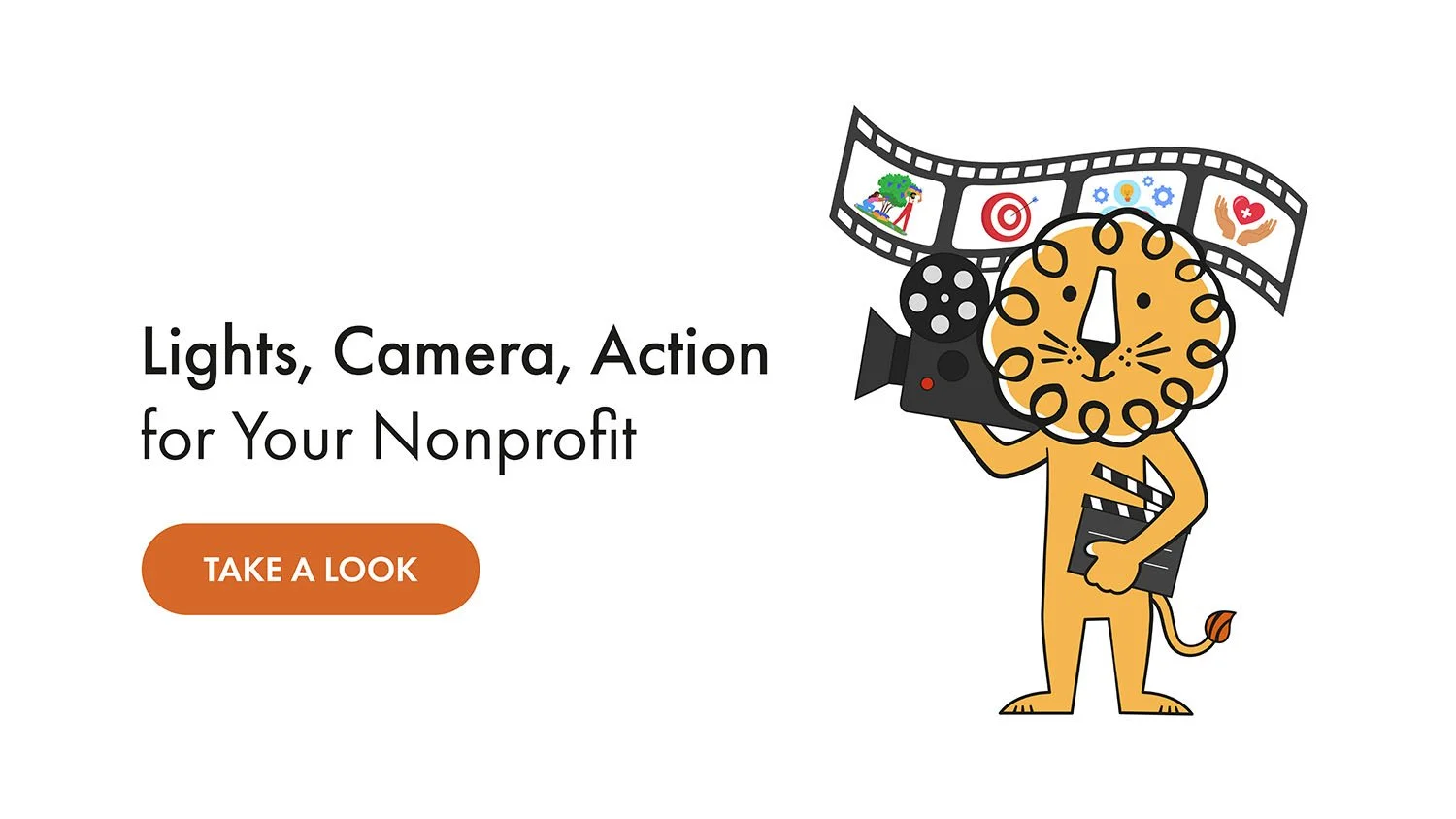Best Nonprofit LinkedIn Profiles: Top 10 Accounts + Engagement Stats
Using LinkedIn for nonprofits feels like showing up to a networking event in pyjamas—most charities get it spectacularly wrong.
But here's the thing: LinkedIn isn't just another social platform. It's where decision-makers scroll during lunch breaks, where policy wonks hunt for insights, and where your next major donor might discover your cause.
At Leon! Animation Studio, our animation studio services have helped organisations from NHS trusts to UN campaigns crack the LinkedIn code. As a 2D animation company specialising in charity work, we've watched some nonprofits build massive professional followings whilst others shout into the void.
We've analysed how nonprofits use the 6 big social media platforms, and LinkedIn consistently stands out as the platform where professional authority matters most.
So which nonprofit LinkedIn profiles actually work? Let's dig into the data—because the numbers tell a story that might surprise you.
TED absolutely dominates with 23.8 million followers. That's not just winning—that's lapping everyone else twice.
The next tier—WHO, UN, and UNICEF—hover around 4-5.5 million followers each. Respectable numbers, but TED's lead reveals something crucial about what LinkedIn users actually want from nonprofits.
(Spoiler: it's not what most charities think.)
TED cracked the LinkedIn formula by treating their audience like intelligent humans rather than donation targets. Their secret sauce? Complex ideas delivered through approachable speakers in polo shirts with slightly retro headsets.
It's professional enough for LinkedIn's buttoned-up crowd, but human enough to make you stop mid-scroll. That balance between authority and accessibility separates successful nonprofit LinkedIn accounts from corporate wallpaper.
Money vs Followers: Why Funding Doesn't Equal Fame
Here's where things get properly interesting. Social media clout and organisational budgets exist in completely different universes.
LinkedIn popularity bears almost no relationship to financial muscle—and understanding this disconnect could save your nonprofit years of barking up the wrong tree.
TED's 23.8 million followers generate serious engagement, but their $2.9 billion revenue gets dwarfed by WHO ($6.7 billion) and the UN ($7.4 billion).
The real plot twist? Mayo Clinic tops the funding charts at $16.3 billion. Yes, one of America's premier hospitals operates as a nonprofit—and their LinkedIn strategy reflects medical authority over viral tricks.
This suggests something vital: different nonprofit types need fundamentally different approaches to LinkedIn success. Medical authority plays differently than educational entertainment.
What Actually Works: Content Strategies That Stop the Scroll
The best nonprofit social media strategies look nothing alike—and these content breakdowns explain why cookie-cutter advice usually flops.
Each organisation found their sweet spot based on mission, audience, and what they're genuinely good at creating. The variety here offers multiple paths to LinkedIn success.
TED leads with 58% video—perfectly aligned with spreading ideas through talks. Their video-first approach proves educational material can dominate on professional platforms when it's genuinely valuable.
Here's classic TED storytelling that hooks LinkedIn's professional crowd:
WHO follows with 50% video, using visual explanations to make complex health information digestible for policymakers and health professionals. Their approach shows how organisations can educate rather than just promote.
UNESCO and the UN take completely different routes, relying heavily on images (82% and 90% respectively) to showcase environmental and cultural crises. These static visuals often capture stories that video couldn't touch.
These examples from UNESCO and the UN demonstrate how powerful imagery works for global issue organisations:
The World Economic Forum mixes visuals (78%) with video (21%), whilst UNICEF balances videos (31%) with carousel posts (23%) showcasing different aspects of global aid work.
Mayo Clinic's strategy stands apart with 53% link-based posts, directing followers to comprehensive medical resources. Sometimes the smartest move is driving traffic off-platform to where your expertise truly shines—detailed research and medical guidance that can't fit in a LinkedIn post.
The Posting Frequency Trap: Why More Isn't Better
Most nonprofits assume LinkedIn rewards constant posting. The actual data suggests otherwise—and might save you considerable time and resources.
Understanding these engagement patterns helps nonprofits allocate limited social media resources more strategically.
These organisations average 7 posts daily, but the World Economic Forum's aggressive 39-posts-per-day approach proves more definitely isn't better on LinkedIn.
TED's restrained 2.7 daily posts generate far superior results, suggesting LinkedIn's professional audience values substance over frequency. This has massive implications for nonprofits with tight budgets.
UNICEF and UNESCO maintain 5+ posts daily, but their engagement varies dramatically based on timing and quality rather than pure volume.
Here's where the posting frequency myth crumbles completely. These organisations average 480 likes per post, but TED's quality-over-quantity approach delivers 1,830 likes per post—nearly four times the average.
WHO's medical authority and timely health updates translate to 1,040 average likes, proving relevant expertise resonates with professional audiences.
Meanwhile, the World Bank manages just 110 likes per post despite global importance—highlighting that institutional weight doesn't automatically translate to social media gold.
Shares (reposts) follow similar patterns and matter enormously for reach. TED leads with 390 shares per post, followed by WHO at 210. These numbers extend reach far beyond immediate followers into professional networks.
The sharing behaviour reveals something crucial: LinkedIn users share material that makes them look knowledgeable to their professional connections.
Comments reveal the deepest engagement level and often spark meaningful professional discussions. WHO's health material generates 77 comments per post on average, whilst Mayo Clinic's medical expertise creates quality conversations despite posting just twice daily.
This commenting pattern shows LinkedIn users engage most deeply with material that's directly relevant to their professional lives or offers genuine learning opportunities.
The United Nations Development Programme's modest 2 daily posts generate lower engagement across all metrics, highlighting the importance of content strategy over posting frequency for smaller organisations.
The lesson emerging from this data: LinkedIn rewards nonprofit material that educates, informs, and adds genuine professional value rather than simply maintaining constant visibility.
LinkedIn's Professional Nonprofit Audience: What They Actually Want
These engagement patterns reveal something crucial about LinkedIn for nonprofits: the audience expects fundamentally different things than other social platforms.
LinkedIn users engage with nonprofit accounts that:
Offer genuine professional insights they can use
Provide educational value worth sharing with colleagues
Demonstrate expertise rather than just advocacy
Connect to current events or industry trends
Respect their intelligence and time
This explains TED's educational approach success, and why WHO's health expertise generates strong engagement during global health discussions.
For smaller nonprofits, this suggests focusing resources on fewer, more substantial posts rather than attempting high posting frequencies with limited budgets.
Types of LinkedIn Accounts: What Works for Different Nonprofits
The data reveals distinct approaches working for different nonprofit types:
Educational Nonprofits (like TED): Video-heavy strategies work brilliantly when you're genuinely teaching something valuable.
Health Organisations (WHO, Mayo Clinic): Authority-based approaches where expertise drives engagement more than entertainment.
Global Issue Organisations (UN, UNESCO): Image-focused strategies that capture complex realities in single, powerful visuals.
Think Tanks (World Economic Forum): High-frequency posting that works when you have genuinely newsworthy insights daily.
International Organisations (UN): We've seen this approach work brilliantly in the best United Nations animated videos of 2024, where powerful imagery drives engagement.
The key isn't copying TED's approach—it's understanding which category your nonprofit fits and doubling down on your strengths.
Key Takeaways: What Makes Nonprofit LinkedIn Profiles Actually Work
LinkedIn's nonprofit landscape reveals clear winners and actionable strategies, but also important lessons about resource allocation and audience expectations.
TED's 23.8 million followers and exceptional engagement prove that educational material—delivered consistently and professionally—resonates powerfully with LinkedIn's business-focused audience.
WHO and the UN demonstrate strong performance through authoritative material connecting to current events and professional interests, with WHO averaging over 1,000 likes per post during health-related news cycles.
The World Economic Forum's high-frequency posting delivers diminishing returns, confirming LinkedIn users prefer substantial posts over constant updates.
For nonprofit marketers planning LinkedIn strategies, these insights could reshape your entire approach. The data shows LinkedIn rewards educational value, professional authority, and strategic posting over pure volume or emotional appeals.
Most successful nonprofit LinkedIn profiles treat the platform as an opportunity to demonstrate expertise and provide value to professional audiences, rather than broadcasting missions or soliciting support.
The organisations winning on LinkedIn understand something fundamental: their audience consists of professionals who want to learn, not donors who need convincing.
Want to dive deeper into how top nonprofits perform across different platforms? Check out our comprehensive analysis of the top 10 nonprofits across social media for broader insights.
What nonprofit LinkedIn trends have you spotted in your sector? Our animation agency specialises in helping organisations communicate complex ideas clearly—whether through video or strategic thinking. We've learned that the best nonprofit communications start with understanding your audience, just like these top-performing LinkedIn accounts demonstrate.
Want to see how nonprofits perform on other platforms? Check out our complete social media series:




















